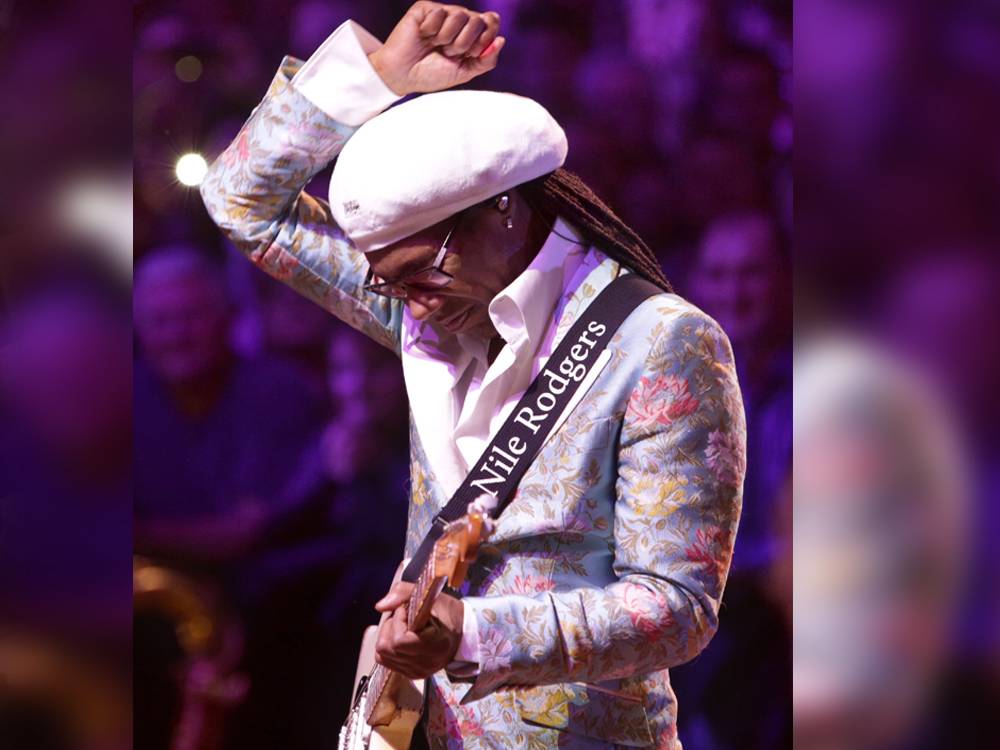The newspapers are currently full of the activities of Russian, Chinese of Iranian spies in Europe but the European countries have never been too averse to spying on each other either as author & journalist Michael Smith explains
One of the most scandalous cases occurred nearly a hundred years ago in December 1925 when John Leather, the Paris representative of the Burndept Wireless Company, two young Frenchwomen were arrested by French police and charged with espionage. The French press revelled in the sensational story of the British spies and their two French “Mata Haris”, who were tasked by Leather and his assistant William Fischer to befriend French officers and obtain details of military aircraft bases for MI6.
One of the two women, a 24-year-old model called Marthe Moreuil, had been seduced by Fischer, while the other, a dancer named Andrée Lefebvre, was run by Leather himself. He, Fischer and their colleague Oliver Phillips all denied espionage, but it emerged in the French press that both Leather and Fischer had links to British intelligence. The Foreign Secretary Sir Austen Chamberlain insisted in the House of Commons that the British government had absolutely no knowledge of “the activities of the firm in question”, sidestepping the fact that it was not the company, but the employees, who were being accused of espionage.
The deliberately misleading denial did not fool many MPs, not least because it well known within the British establishment, and probably the French counter-espionage service as well, that Leather was a cousin of Desmond Morton, a senior MI6 officer. The service’s “Chief” Hugh Sinclair had made too many enemies within Whitehall to expect any help in covering up the scandal.
Clearly well-briefed, the Labour MP Ernest Thurtle told the House of Commons that Chamberlain’s denial was a ‘diplomatic falsehood’. Ordered by the Speaker to withdraw his remarks or be suspended, Thurtle refused to do so and walked out to cheers from the Labour benches.
Leather was sentenced to three years in jail and handed a 3,000-franc fine, Fischer and Phillips received two-year jail sentences and 2,000-franc fines and the two women lesser sentences of six months and 500-franc fines each. The Foreign Office subsequently made very clear to Sinclair that it had made “a gentlemen’s agreement” with the French that neither country should spy on the other. It is an agreement that is unlikely to have held for any length of time.
Michael Smith’s book Six: The Real James Bonds in published in paperback by Biteback.
Want to chat spies or book with Michael? Get in touch at [email protected]














